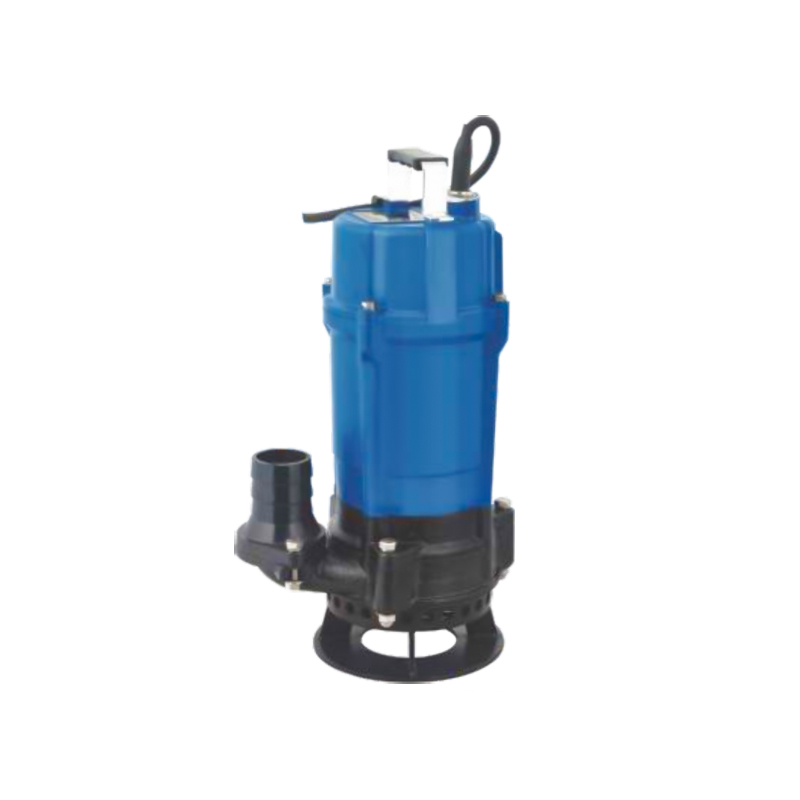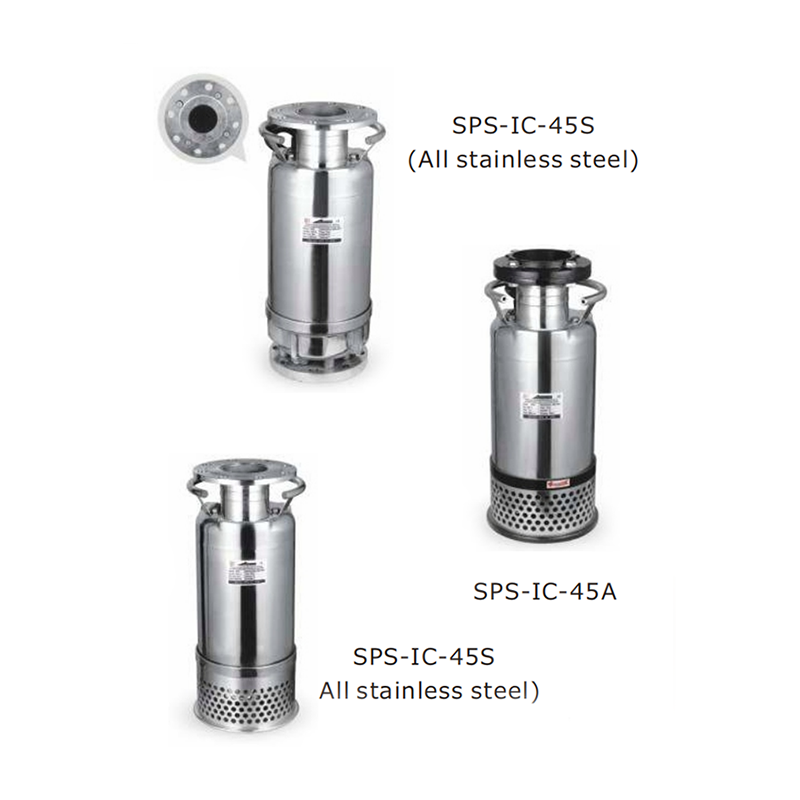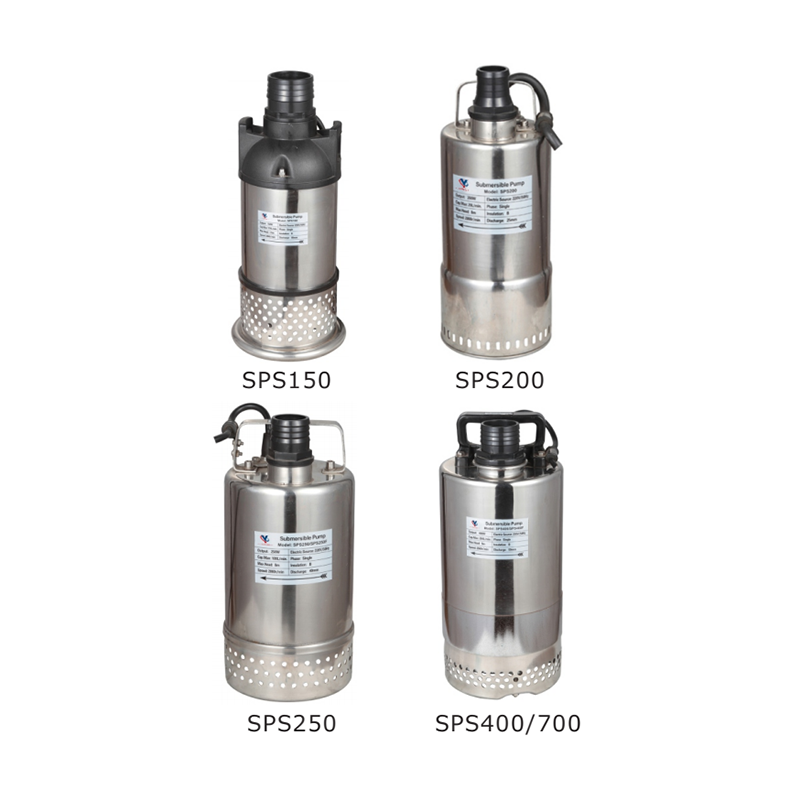Submersible dewatering pumps are essential tools in various industries, designed to efficiently remove water from areas where accumulation can cause damage or hinder operations. These pumps are engineered to operate underwater, making them ideal for applications ranging from construction sites to flood control. Their ability to handle high volumes of water and withstand challenging conditions makes them a reliable choice for dewatering needs.
Submersible dewatering pumps operate by utilizing centrifugal force to move water. When the pump is submerged, water enters through an intake screen or grate, which helps to prevent debris from entering the pump mechanism. The water is then drawn into the impeller, a rotating component that accelerates the water outward through the pump casing. This action creates a vacuum effect that continuously draws more water into the pump, which is then expelled through a discharge pipe to a designated location.
 |
 |
One of the key advantages of submersible dewatering pumps is their ability to operate efficiently without the need for priming. Unlike some other types of pumps, submersible pumps do not require an initial fill of water to create suction, making them easier to use and more reliable in various conditions. Additionally, their compact design allows them to be placed directly into the water, reducing the need for extensive setup and small the risk of cavitation, a common issue in pumps that operate above the water level.
Submersible dewatering pumps are crucial for managing water accumulation in excavation sites, basements, and tunnels. They help to maintain a dry working environment, which is essential for safety and productivity.
Submersible dewatering pumps are also vital in flood control efforts. They can be deployed in areas prone to flooding, such as low-lying urban areas, riverbanks, and coastal regions. These pumps help to quickly remove standing water, reducing the risk of property damage and facilitating faster recovery after flood events. Their ability to operate in submerged conditions makes them well-suited for emergency response scenarios where rapid dewatering is necessary.
Submersible dewatering pumps are used to manage water in processes such as mining, manufacturing, and wastewater treatment. They help to remove water from sumps, tanks, and other containment areas, ensuring that operations run smoothly and efficiently. The pumps' durability and ability to handle high volumes of water make them a reliable choice for continuous industrial use.
Proper maintenance is essential for ensuring the longevity and efficiency of submersible dewatering pumps. Regular inspections should be conducted to check for wear and tear, particularly on the impeller and intake screen. Debris and sediment can accumulate on these components, reducing the pump's efficiency and potentially causing damage. Cleaning and replacing worn parts can help to maintain good performance.
Another important aspect of maintenance is monitoring the pump's operating conditions. Submersible pumps should not be run dry, as this can cause overheating and damage to the motor. Additionally, ensuring that the discharge pipe is free of obstructions and properly secured can prevent backflow and ensure efficient water removal.
Submersible dewatering pumps are versatile and reliable tools for managing water accumulation in a variety of applications. Their ability to operate efficiently underwater, handle high volumes of water, and withstand challenging conditions makes them an essential component in construction, flood control, and industrial operations.
 |
 |



 English
English русский
русский عربى
عربى







